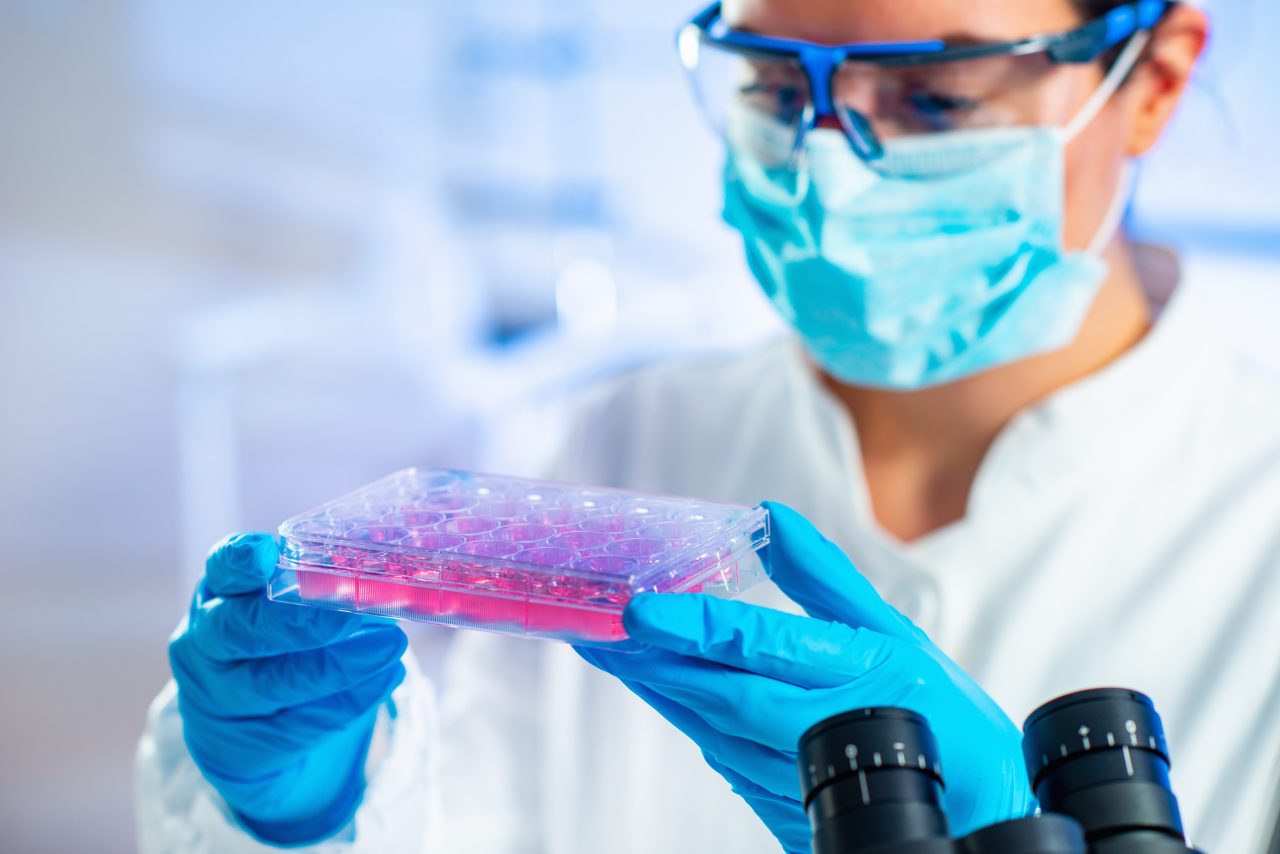A multidisciplinary team from The University of Texas Medical Branch at Galveston has shown a dominant mutation D614G of the SARS-CoV-2 spike protein enhances viral replication in the upper respiratory airway, which may contribute to the increased transmission of COVID-19. This finding is important in understanding the evolution of SARS-CoV-2 as well as in the development of vaccines and therapeutic antibodies.
“After the emergence of COVID-19, a mutation of D614G appeared in viral spike protein, the molecule that is responsible for binding to the cell receptor and initiating viral infection. This mutation quickly became dominant around the world. In patients, the mutant virus develops higher viral loads in the nasopharyngeal secretions than the original wild-type virus, suggesting the mutation may increase the viral fitness and, possibly, transmission,” said Pei-Yong Shi, professor at the department of Biochemistry & Molecular Biology at UTMB and senior author of the study. “In this study, we engineered the wild-type and mutant SARS-C0V-2 and compared their replication and pathogenesis in hamsters and human airway cell cultures. We also examined whether this mutation could affect the efficacy of vaccines that are currently in clinical trials.”
As part of the study, hamsters infected with wild-type or mutant virus developed similar levels of weight loss. This result suggests that the mutation does not affect the severity of the disease. However, the mutant virus produced higher levels of infectious virus in the nasal washes and trachea, which likely contribute to more efficient transmission. Higher levels of mutant virus were not found in the lungs. “The hamster results agree with clinical observations that the mutation enhances viral loads in the upper respiratory tract of COVID-19 patients, but the mutation is not associated with disease severity,” Shi said
According to Scott Weaver, director of the UTMB Institute for Human Infections and Immunity and co-senior author of the study, “Just as with the hamster studies, we found that the mutant virus produced significantly more infectious virus than the wild-type virus when infecting primary human airway cell cultures, demonstrating that the D614G mutation enhances viral replication in respiratory cells. In addition, when incubated at different temperatures, the mutant virus was more stable in maintaining its infectivity than the wild-type virus. These features could contribute to the higher levels of viral replication in tissue culture and hamsters as well as more efficient transmission.”
The study also compared the sensitivities between the wild-type and mutant viruses to antibody inhibition. They found that the mutation does not make the virus less sensitive to antibody neutralization and the mutant virus is slightly more sensitive to antibody inhibition than the wild-type virus. Since all COVID-19 vaccines currently under clinical development are built on the wild-type spike sequence, there was a concern that the D614G mutation might weaken the vaccine efficacy against the circulating mutant virus, or affect therapeutic antibody treatments. The results of this study have mitigated that concern.
The UTMB study is different from the previous reports about the D614G mutation. The UTMB team analyzed the mutation in the context of authentic SARS-CoV-2, whereas all previous studies used pseudotyped viruses where SARS-CoV-2 spike protein was examined in the context other types of viruses. Some of the results from the authentic SARS-CoV-2 study did not fully agree with findings from the pseudotyped virus. The discrepancy underlines the importance of validating these kinds of results with the real SARS-CoV-2.
“Two important questions remain to be experimentally addressed,” Weaver said. “First, a transmission experiment is needed to directly demonstrate that a higher level of mutant virus in the upper respiratory tract results in more efficient transmission than the wild-type virus. Second, besides the D614G mutation, there are three other associated mutations in circulating viruses. Further experiments are needed to determine whether these mutations also contribute to COVID-19 transmission and disease development.”


